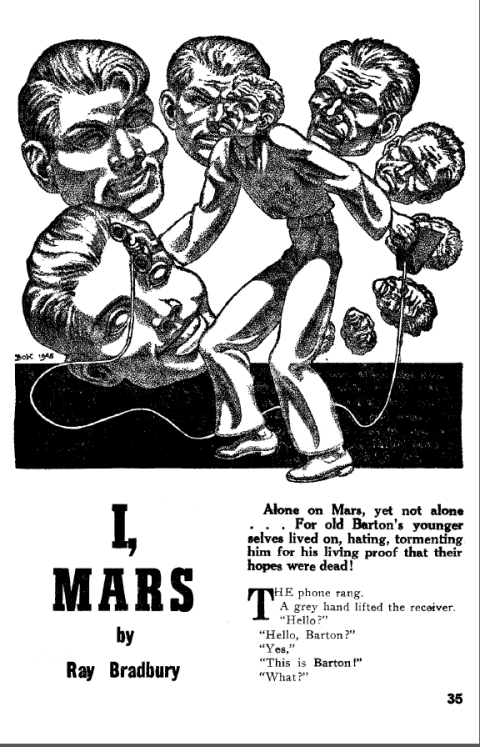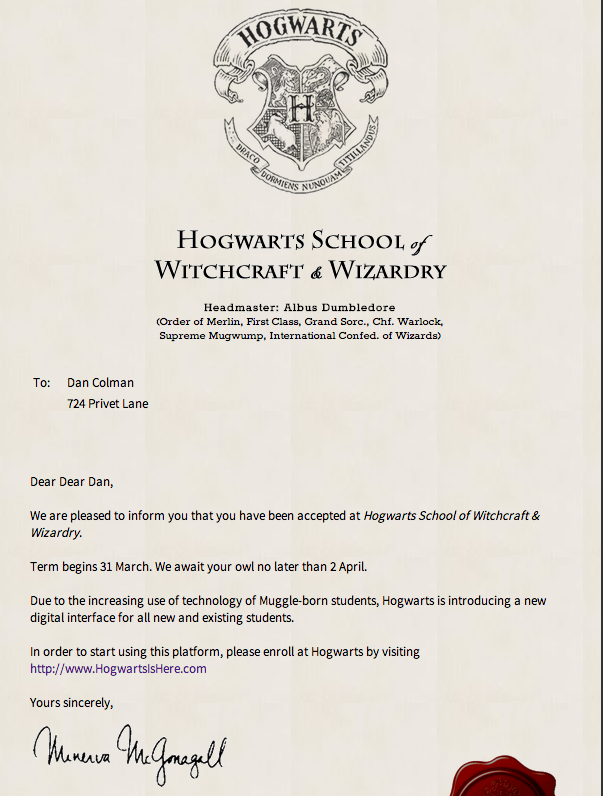“Jump off the cliff and build your wings on the way down.” This—writes Sam Weller in his introduction to a 2010 interview with sci-fi and fantasy luminary Ray Bradbury—was the author’s “lifelong credo.” Weller writes of discovering an unpublished Paris Review interview from the 1970s in Bradbury’s garage, with a note from editor George Plimpton that read “a bit informal in places, maybe overly enthusiastic.” The irony of this judgment is that it is Bradbury’s enthusiasm, his lack of formality, which make him so compelling and so copious a writer and speaker. Bradbury didn’t self-edit or second guess much—his approach is best characterized as fearless and passionate, just as he describes his writing process:
I type my first draft quickly, impulsively even. A few days later I retype the whole thing and my subconscious, as I retype, gives me new words. Maybe it’ll take retyping it many times until it is done. Sometimes it takes very little revision.
It’s that unfettered expression of his subconscious that Bradbury discusses in the short clip above, in which he re-invigorates all the sort of carpe diem clichés one hears so often by framing them not as self-help suggestions but as imperatives for a full and healthy life. Responding in the moment, says Bradbury, refusing to “put off till tomorrow… what I must do, right now,” allows him to “find out what my secret self needs, wants, desires with all its heart.” For Bradbury, writing is much more than a formal exercise or a specialized craft—it is a vital expression of his full humanity and a means of “cleansing the stream” of his mind: “We belong only by doing,” he says, “and we own only by doing, and we love only by doing…. If you want an interpretation of life and love, that would be the closest thing I could come to.”
Bradbury doesn’t limit his philosophy to the writing life; he advocates for everyone an unabashed emotional engagement with the world. For him, the man (and woman, we might presume), who cannot “laugh freely,” cry, or “be violent”—which he defines in sublimating terms as any physical or creative activity—is a “sick man.” Bradbury’s “overly enthusiastic” explorations of creative passion were almost as much a part of his output as his fiction. His interviews, televised and in print, are inspiring for this reason: he is never coy or pretentious but pushes others to aspire to the same kind of authentic joy he seemed to take in everything he did.
By the way, the first person we see above is legendary Warner Bros. animator Chuck Jones (as one Youtube commenter says, we get in this clip “two visionaries for the price of one”). Bradbury’s “vitality,” says Jones, “rubs off on the people who work with him.” And, he might have added, all of the people who read and listen to him, too.
Related Content:
Ray Bradbury: “The Things That You Love Should Be Things That You Do.” “Books Teach Us That”
Ray Bradbury: Story of a Writer 1963 Film Captures the Paradoxical Late Sci-Fi Author
Ray Bradbury Gives 12 Pieces of Writing Advice to Young Authors (2001)
Ray Bradbury: Literature is the Safety Valve of Civilization
Josh Jones is a writer and musician based in Durham, NC. Follow him at @jdmagness



